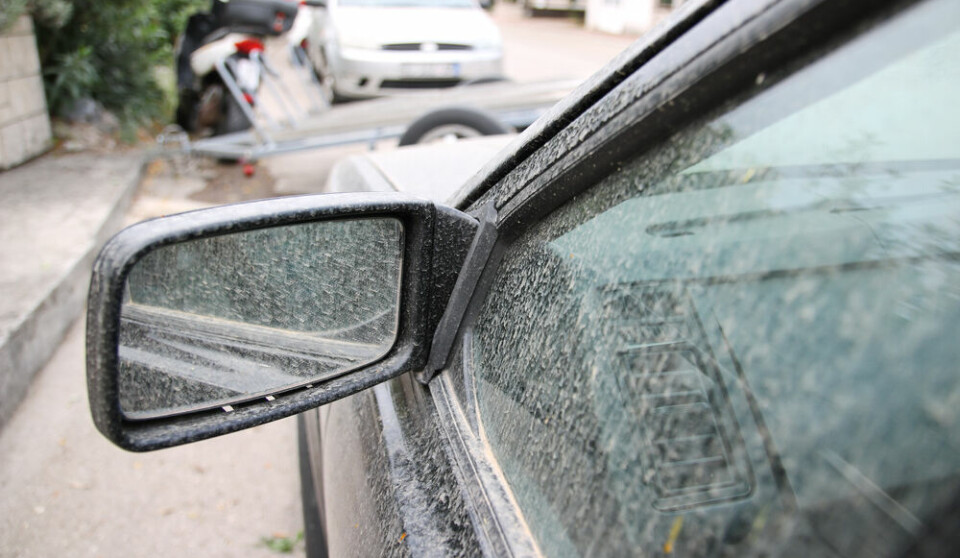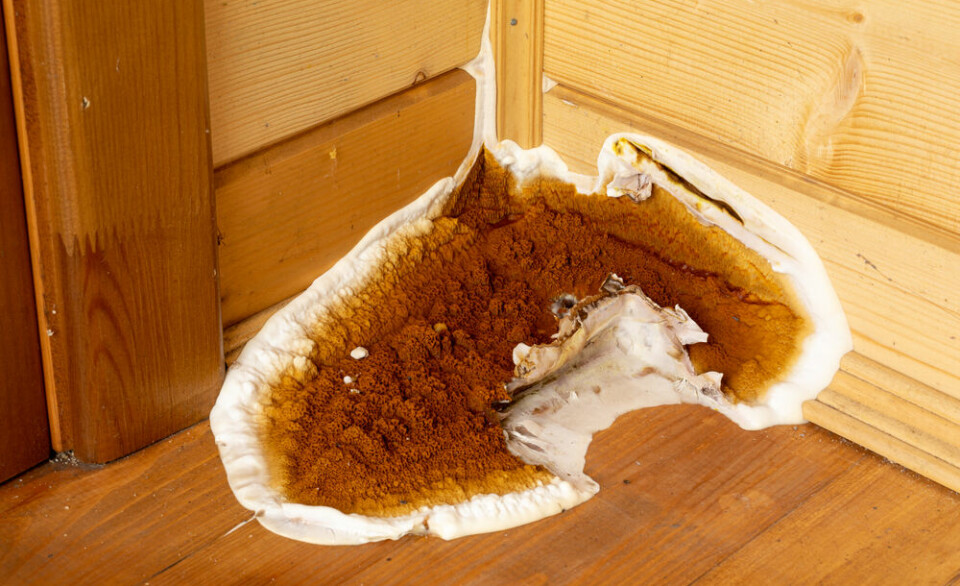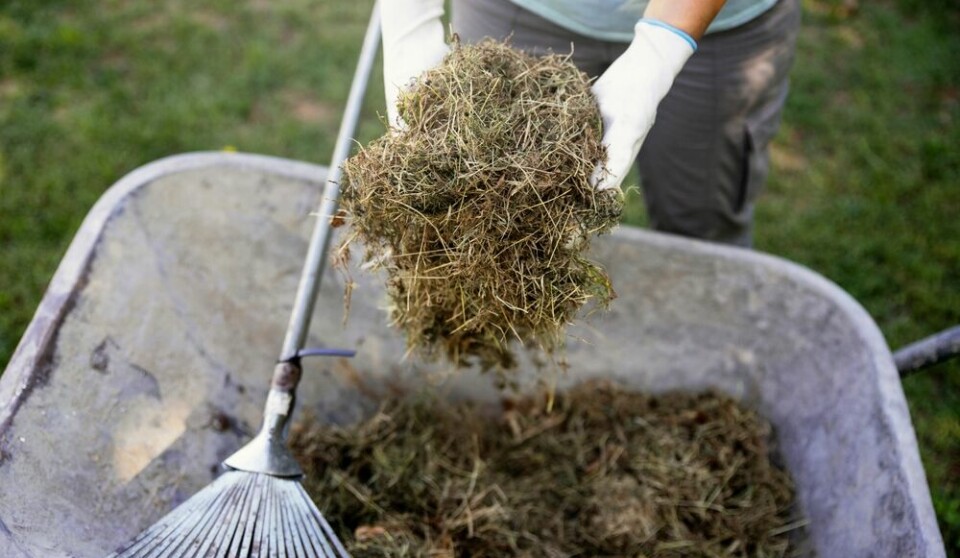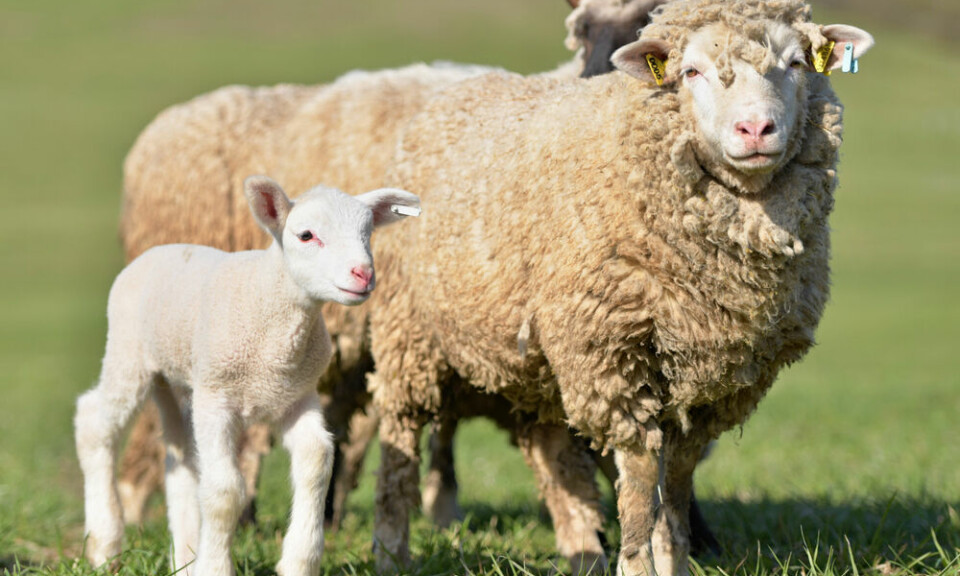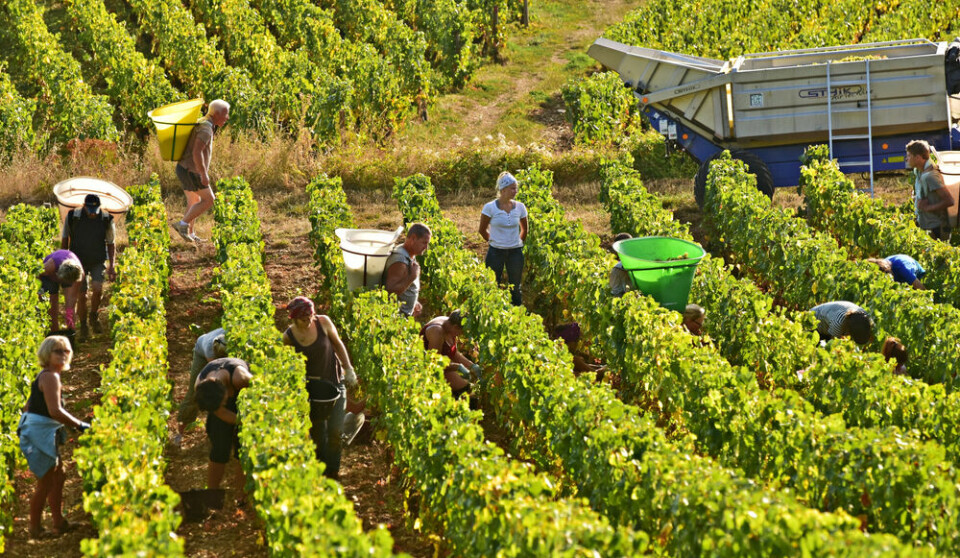-
Picnic in Paris? Chance to join huge meal on Champs-Elysees
The event could even be record-breaking. You can now apply for your chance to take part
-
More everyday French supermarket products accused of ‘shrinkflation’
Cordon-bleu, yoghurts, and ham are in the firing line, with prices up to 25% higher for lower quality items
-
Meet France's great garden acrobat
With its bright yellow and blue plumage, the Eurasian blue tit is easy to spot in the garden.
Crustless camembert? French cheese threatened by rind mould extinction
Scientists warn the fungus responsible for the famous white skin is at the point of disappearing

The distinctive white skin around camembert cheeses might have to change because industrial production methods are making the mould that creates it less fertile.
Camembert, produced in Normandy, is one of the most popular French cheeses. Latest figures, from 2021, show it comes second only to Emmental.
However, consumption is falling, according to the Statista research company, with 18% less of it eaten in 2021 than in 2016.
This is not the only concern facing producers, as the Centre national de la recherche scientifique (CNRS) warned in January that the mould used to create its edible soft white rind is “on the point of extinction”.
The rind, which develops after the addition of the penicillium camemberti fungus, is responsible for camembert’s unique flavour and aroma.
Read more: Traditional Roquefort and Camembert are under threat, warn scientists
Industrial methods and lack of diversity are threat
Tatiana Giraud, one of the scientists behind the research, told The Connexion: “Over the years, especially from the 1950s onwards, the process of using the mould has become more industrialised, and the making of the mould has become more and more specialised too.
“This has allowed the production of very white, soft-crusted cheeses. However, repeated use of one strain of the mould has led to a fall in its fertility, which will eventually mean that it will disappear.”
She said there was little chance of this happening in the immediate future, but it remained something the cheese industry should be aware of.
“We cannot predict how evolution works, and there could be a sudden collapse,” she warned.
Read more: Why these French cheeses are not recommended to young children
Could lead to crustless camemberts
Before the development of penicillium camemberti and stricter factory hygiene standards, camembert cheeses sometimes had other moulds on them too. These gave more complexity of flavour but also led to unsightly blotches and an increased risk of harmful moulds.
“The importance of the work is to show that biodiversity problems extend right down to the microbe level, and we should be careful to ensure we keep the diversity we have,” Dr Giraud said.
“We need genetic diversity in order to ensure the survival of species.”
If there is a problem with penicillium camemberti in future, it is unlikely to necessitate the production of crustless camemberts.
Other penicillium moulds are used in cheeses and to produce dried meats such as saucisson, and could be adapted to the production of camembert.
However, this would mean a change to AOC rules, which specify that only penicillium camemberti can be used.
Camembert regulations cause media storm
It is not the first time camembert has hit the headlines in recent months.
Last November, unfounded reports that tighter EU regulation on sustainable food packaging would stop it being sold in its distinctive wooden boxes caused a media storm.
In fact, the law made exemptions for protected cheeses, including most camemberts.
Weeks later, France’s supreme administrative court ruled that non-AOC camemberts must remove any references to Normandy origin from their packaging. Some producers have since appealed the decision.
Related articles
Camembert, Roquefort, Brie: Can I bring French cheeses into the US?
Producers stoic as French cheeses fail to make new global top 10 list
Say fromage! The best cheeses for National Cheese Day in France



